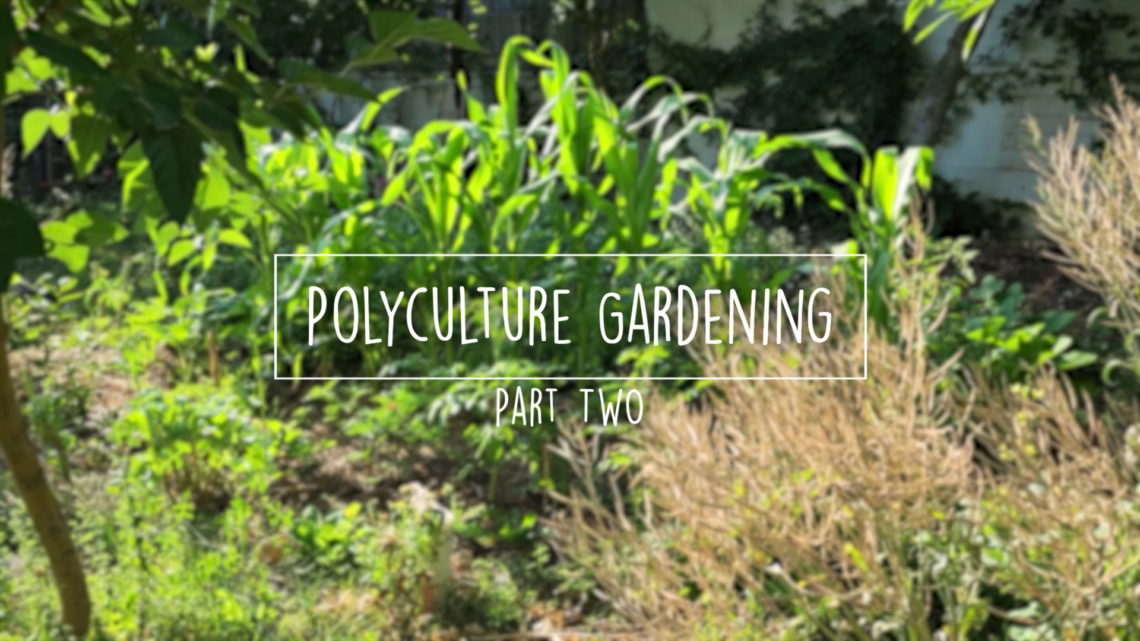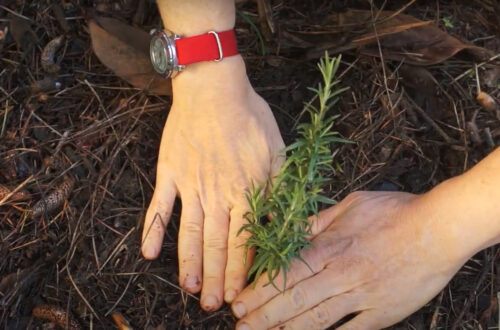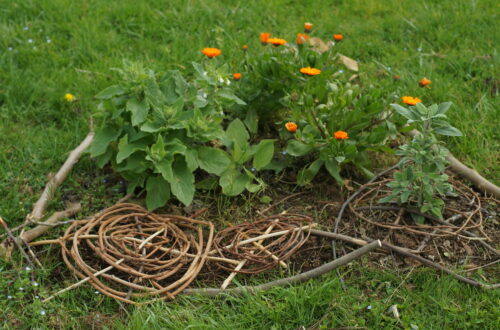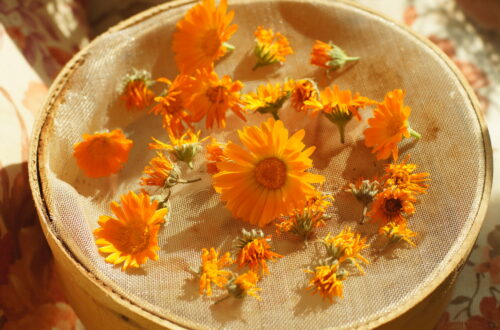
Polyculture Gardening Part II
Here’s the Part II of our polyculture garden tour.
Kale
On the outer edge of the bed I planted kale as a living fence. It grows quite high and defines the borders of the bed.Also it creates some kind of a barrier for cats.
Kale plants you see on the video were planted last year’s spring.They endured frost, snow and heavy winds.We ate them all year long up until this spring.Now they are on seed. But I started to see new growth on their stem, meaning that they will still produce leaves!
Their flowers in spring are loved by bees of all kinds . Now I’m collecting a ton of seeds and spreading them all over the garden! They are the most reliable vegetable in the garden.Even if there’s nothing else to eat, there’s kale!
Worm Tower
Last fall we made worm towers by drilling holes to large pvc pipes and burying them in soil.We keep putting vegetable scraps and dried leaves in it until it’s full and close its lid. We have 4 of them in different parts of the garden and they work great so far. Worms and other decomposers come in from the holes and eat away the scraps, turning them into compost!
Corn and Beans with Squash (Three Sisters)
Three sisters system is much better planted in a circle with pumpkin on the edges. But this year I had a free bed which I decided to fill with corn and beans.
Tomatoes , Basil and Beans
Beans provide nitrogen to the soil for the hungry tomatoes. So I planted bush beans here and there around the tomatoes.


You May Also Like

How to Propagate Rosemary by Layering
February 10, 2022
Protecting Seeds and Seedlings
June 28, 2021
